
If there is one single thing that makes music in the West different from music made around the world, it’s tuning. Since the late 18th century, Western music has predominantly been in 12-note equal temperament, a tuning system where there are 12 notes to an octave and an equal distance between each note. If you’re listening to Western music made in the last 250 years, across every single genre and style, you’re almost always hearing equal temperament.
Tuning is not this way around the world, nor was it always this way in the West. Up until the development of the modern piano, Western music used a variety of tuning systems, the choice of which usually had to do with not just the type of instrument but who made it. Meantone temperament, which emphasized thirds, was common to different harpsichords (organs built into churches often had their own unique tunings) and well-temperament is a system best known for the legacy of Bach’s Well-Tempered Clavier—authentic performances of those pieces can be heard in more than one tuning.
How this all came to be is one of those rich, fascinating stories that doesn’t really have any conclusion; it’s more like an ever-evolving family tree. Recorded tuning systems date back to ancient Mesopotamia (meaning they likely go back much further) and are based on the physical properties of musical notes. Pluck a string, and you have a fundamental note; halfway up that string is an octave above, which vibrates at twice the frequency, or 2:1. The frequency ratio of 3:2 is the perfect fifth, the most consonant pitch to the fundamental other than the octave, and the “dominant” (as it’s called in the West), because it creates the strongest expectation of returning to the fundamental (or “tonic”).
That 3:2 fifth is “pure,” meaning it needs no adjustment—it’s inherently in tune—and is easy to hear. Tunings that are based on the 2:1/3:2 ratio are usually called just intonation. It is so pure that a cappella choirs will naturally sing in just intonation, and un-fretted stringed instruments, like a string quartet, will move toward just intonation after playing for a time, even if originally tuned to another system. And to put it in basic terms, the modern piano works best in equal temperament. While not as pure (even in the fifths) or as colorful as just intonation, equal temperament is tremendously useful for building complex harmonic structures and forms.
Equal temperament is not just here to stay; it stands poised to dominate for the foreseeable future. But it’s not the only game in town, nor have other tuning systems ever gone away. There are musicians in the West who have been working with different systems since before the dawn of recorded music, a sub rosa collection of experimenters who are attracted to the different aesthetic, expressive, and technical possibilities of different tunings, and there are several excellent examples of this on Bandcamp.
Christina Vantzou, Michael Harrison and John Also Bennett
Christina Vantzou, Michael Harrison and John Also Bennett
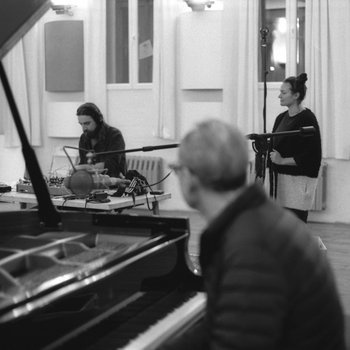
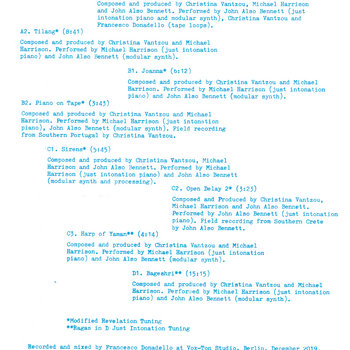






2 x Vinyl LP




From the opening notes of this album, it’s clear there’s something different about this piano—it may sound out of tune. Well, it’s not equal, but it is just. Michael Harrison, who “well-tuned” La Monte Young’s piano, has been using just intonation on the instrument for decades, in conjunction with a raga-like approach to building pieces of music. The colors that come out of this are gorgeous, and sensual, and the synthesis from John Also Bennett and sound direction by Christina Vantzou create a shimmering deep listening experience, it takes only a few minutes for the ear to acclimate to the natural beauty of just intonation.
Julia Reidy
World in World



Vinyl

The guitar is eminently adaptable to multiple tuning systems; guitar-type instruments are found all over the world in myriad tunings. Julia Reidy, playing guitars tuned to just intonation and using a finger-picking style, taps into those traditions from a modern standpoint. They use technology to realize their ideas by uncovering ancient roots and traditions. Ambient, soulful, cosmic, and earthy, their music has a special sound.
Hafez Modirzadeh
Post-Chromodal Out!
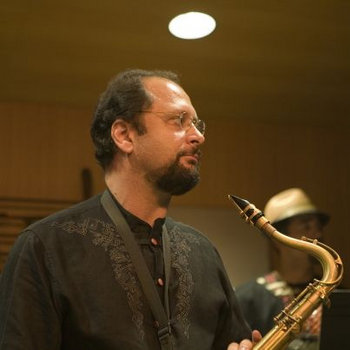

Jazz has explored many avenues in the last hundred years, but has only taken small, tentative steps into the possibilities of alternate tunings. Saxophonist Hafez Modirzadeh is the leading explorer, working through a number of tuning systems in a method he calls “chromodal” before reaching, at least for now, a personal synthesis of equal temperament and alternate tunings heard on every instrument, including the scintillating fingerings on his saxophone. This is real modernism, taking even a Thelonious Monk standard and making it sound new.
Robert Rich
Neurogenesis


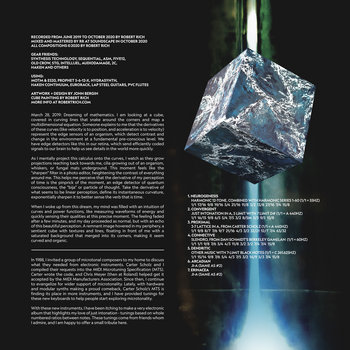

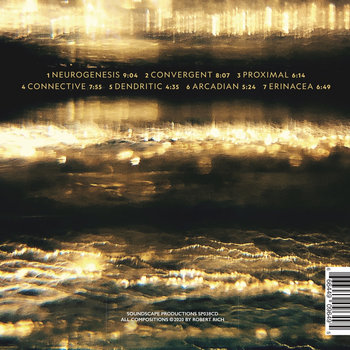

Vinyl LP, Compact Disc (CD)




One of the promises of electronic music from the very beginning was that it could be freed from all previous musical concepts, including tuning. Reduced to pure frequencies, any and all notes are possible, including ones that can’t be named. While there’s much still to be done, Robert Rich has done his part with these landscapes of microtonality and alternate tunings. A variety of just intonation systems can be heard across Neurogenesis, including slendro (a gamelan turning) for the kinetic and poetic “Connective.”
Kyle Gann
Whispers


A leading alternate tuning theorist, composer Kyle Gann is the author of 2019’s The Arithmetic of Listening: Tuning Theory and History for the Impractical Musician, which, though recent, is considered a standard work on the practice. He’s been making music in a number of tuning systems for decades, and in this lovely album he combines microtonality with Minimalism, something Gann is quoted in the liner notes as saying “I’ve always thought […] were made for each other.” Each of these sonically delicate and expressively deep piano pieces is in a different tuning; “Whisper 5” mixes an elegant melody with harmonies from the natural fundamental, harmonic seventh, and extended sixth notes of the generic vibrating string.
Horse Lords
Interventions
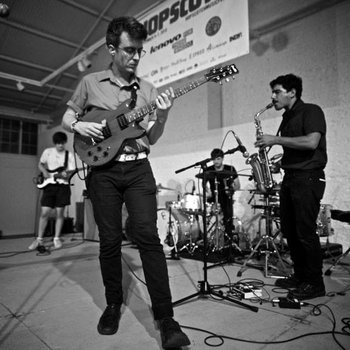
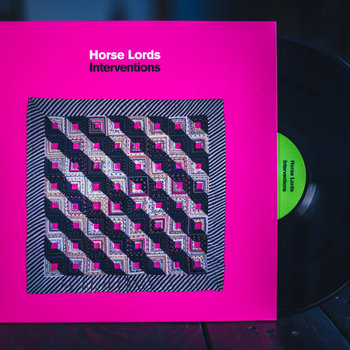



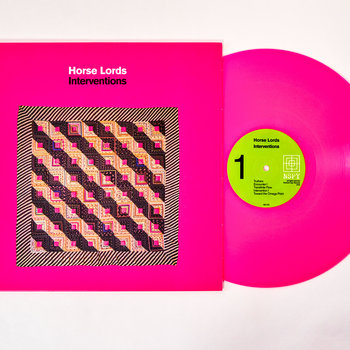

Vinyl LP, Compact Disc (CD)




Tuning is just a system; you can do anything you want with it. For Horse Lords, that means making driving instrumental rock combining just intonation with West African rhythms. Like microtonality and Minimalism, these are two great tastes that go great together. The band’s music also poses the implicit question: if rock is supposed to be about breaking away from musical and social norms, why just settle for equal temperament?
Newband
Microtonal Works


Harry Partch was the most important microtonal musician in the West. He began as a traditional classical composer but, through a complex mixture of his fascination with both Ancient Greek music and inflected Eastern languages, combined with his life experiences, rejected the history of Western music and rebuilt it from the ground—or the string—up, creating his own tuning systems that often had more than 40 notes to the octave. He also built instruments to play these systems; those were passed along through one of his assistants, Dean Drummond, who formed Newband to play Partch and other microtonal works. His Two Studies on Ancient Greek Scales is a lovely peek into his origins story, his concepts, and the pleasures of Newband.
Ben Johnston
String Quartets Nos. 2, 3, 4, & 9
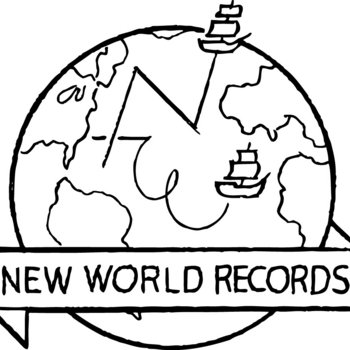
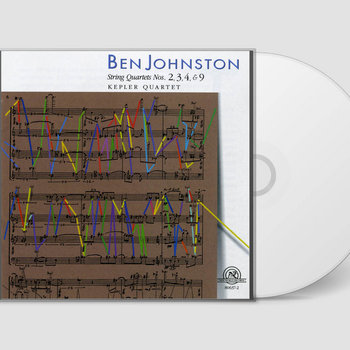

Compact Disc (CD)

Microtonality and alternate tunings have been an essential part of the American Western classical avant-garde since Charles Ives (and arguably his own father, bandleader George Ives). One of the great names in this music was Ben Johnston, whose ten-string quartets work through technically complex and sonically gorgeous tuning systems. String Quartet No. 4 is Johnston’s resetting of “Amazing Grace” in variations that process the music in different “proportional” tunings (roughly different kinds of just intonation) and rhythms. It’s immensely difficult to play and also incredibly beautiful.
13 O’Clock Blues Band
Devil’s Dance
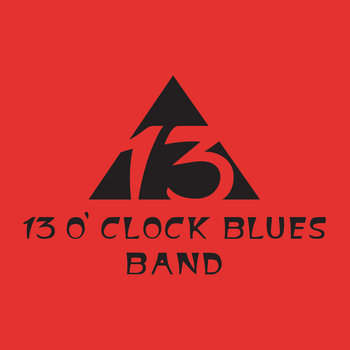
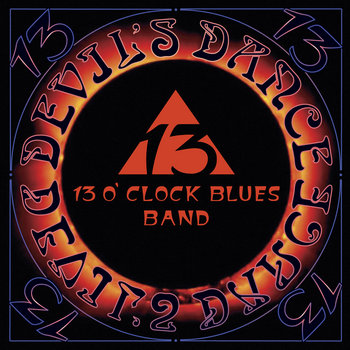

Compact Disc (CD)

There’s a valid argument that the bent and “in-between” notes in the blues amount to microtonal/alternate tuning music. There’s also Boston-based 13 O’Clock Blues Band, which specifically plays in just intonation. Even more, the band tunes their intonation to the 528Hz frequency, which is purported to have healing powers (the note is a sharp version of C, one octave above middle C on the piano). Whatever one believes, they make Led Zeppelin’s version of “Dazed and Confused” sound like it’s right where it belongs.
Giacinto Scelsi
Scelsi Edition 6: The Orchestral Works II


There’s an ancient connection between music, especially individual pitches, and both healing and mystical properties. One of the great modern explorers of this was Italian composer Giacinto Scelsi. Rather than working with systematized tunings, Scelsi was enraptured by the cosmic possibilities of taking a pitch and stretching it as far as it could go, something that might lead him to revelation and enlightenment. Quattro pezzi su una nota sola (1959) has 25 musicians using one note (a different one in each movement) to try and tear open the fabric of the universe. This is some of the most visceral music ever made, all because of microtonality.







